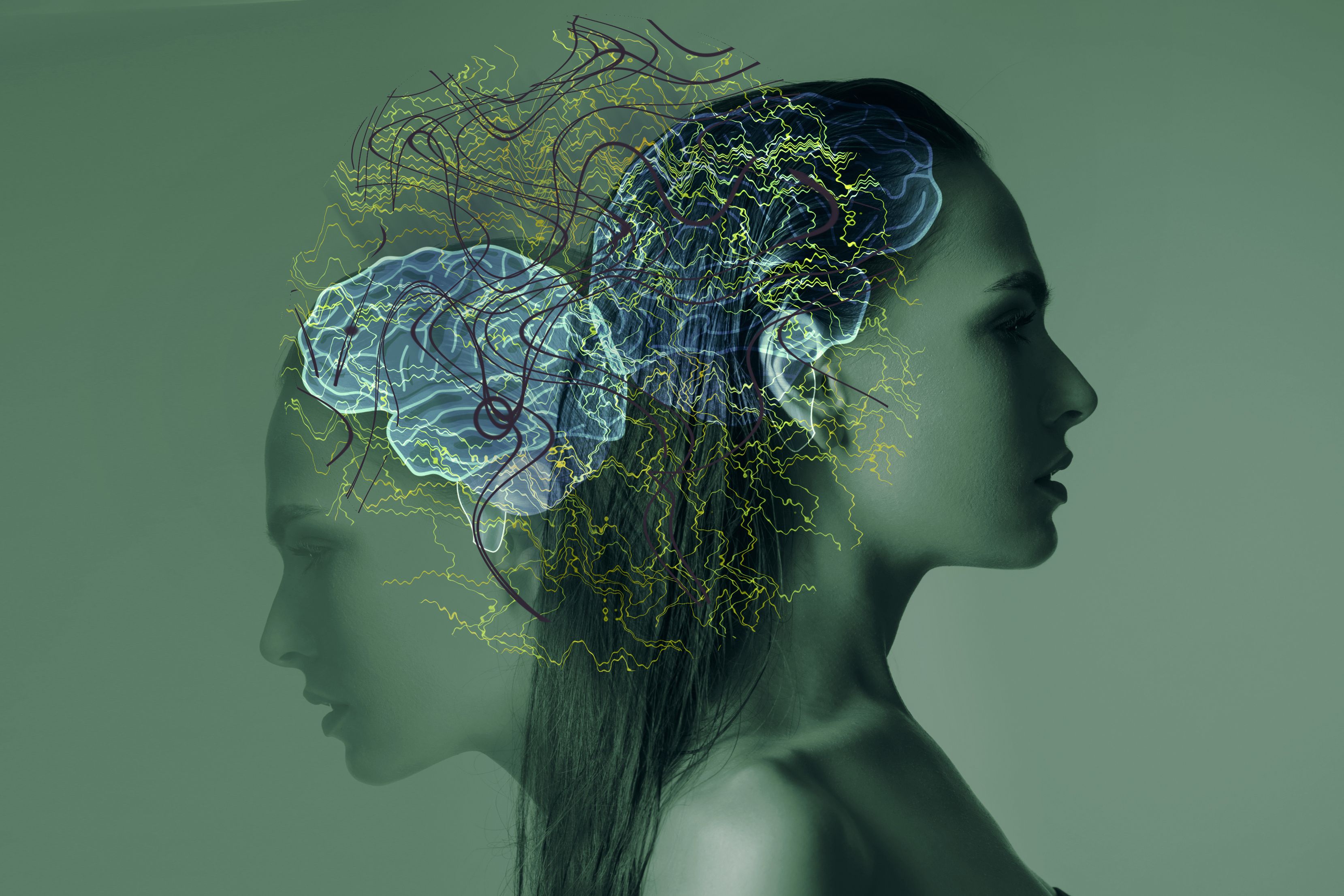News
Article
Assessing, Treating, and Managing Spring Mania in Patients With Bipolar Disorder
Author(s):
What is spring mania, and what are some effective clinical strategies for addressing it?
Julia_AdobeStock

CLINICAL CONVERSATIONS
Psychiatric Times® sat down with family nurse practitioner and psychiatric mental health nurse practitioner Roger Rivera, PMHNP, to discuss spring mania—how it manifests in individuals with bipolar disorder, options for treatment, and strategies for reducing risk of impulsivity in patients.
Psychiatric Times: What is spring mania? How does it manifest in individuals with bipolar disorder? How common is it in this patient population?
Roger Rivera, PMHNP: Spring mania is a term rooted in the seasonal patterns of bipolar disorder. It describes a phenomenon where individuals experience manic or hypomanic episodes coinciding with the onset of spring. Although not formally recognized as a distinct diagnostic entity in the DSM-5, it captures the notable recurrence of manic symptoms during this particular time of year. This seasonal variant highlights the intricate interplay between environmental factors and biological predispositions in shaping mood disorders.
Manifestation in individuals with bipolar disorder can vary. Spring mania can disrupt daily life, causing individuals to experience euphoria, racing thoughts, and a reduced need for sleep. This surge in energy often leads to risky behaviors and challenges in maintaining stability.
Although research varies, spring mania appears to affect a notable subset of individuals with bipolar disorder. Recognizing its prevalence underscores the need for tailored interventions and heightened clinical awareness.
In my clinical practice, I have observed spring mania not only in individuals with bipolar disorder, but also in those facing heightened stress or duress. For instance, college students often experience academic pressures and deadlines during spring, which can exacerbate mood instability.
Additionally, cultural or social stressors such as financial strains, family conflicts, and societal expectations may contribute to the onset of spring mania in susceptible individuals. These stressors underscore the importance of recognizing the broader context in which mood disturbances manifest and tailoring interventions accordingly.
PT: How do you differentiate between typical mood changes associated with the changing seasons and the onset of spring mania in individuals with bipolar disorder? What key clinical indicators do you look for to distinguish between the 2?
Rivera: Distinguishing between typical seasonal mood shifts and spring mania requires astute observation and adherence to diagnostic criteria. Clinicians must delve into symptom duration, intensity, and functional impact to accurately assess and intervene.
In my clinical experience, distinguishing between typical seasonal mood changes and spring mania involves careful assessment of various clinical indicators. Although seasonal mood changes may involve a transient shift in energy levels or mood due to environmental factors, spring mania presents with distinct features such as persistently elevated, expansive, or irritable mood, accompanied by increased goal-directed activity, impulsivity, and reduced need for sleep.
For instance, a patient experiencing typical seasonal mood changes may report feeling more energetic or motivated during the spring months, but may not exhibit sustained periods of euphoria or grandiosity. In contrast, individuals with spring mania may display rapid speech, racing thoughts, impulsive behaviors such as reckless spending or risky sexual behavior, and impaired judgment, which significantly impact their daily functioning and relationships.
Moreover, I have observed that patients with bipolar disorder experiencing spring mania often have a history of previous manic or hypomanic episodes during the same season, providing valuable insight into their symptom patterns. Additionally, collateral information from family members or caregivers regarding changes in behavior or functioning can aid in accurate diagnosis and treatment planning.
PT: Given the increased risk of impulsivity during spring mania, what strategies do you recommend for helping patients and their support networks recognize warning signs and intervene effectively to prevent potential harm in areas such as finances, physical health, and personal safety?
Rivera: Empowering patients and their support networks to recognize warning signs of spring mania is paramount. Proactive measures, such as crisis planning and access to emergency resources, can mitigate potential harm and promote stability.
I advocate for a holistic treatment strategy that encompasses various modalities beyond pharmacotherapy and psychotherapy. Lifestyle modifications, such as maintaining a consistent sleep schedule, engaging in regular physical activity, and adopting stress-reduction techniques like mindfulness or yoga, are integral components of my treatment approach.
Additionally, I emphasize the importance of social support networks and encourage patients to cultivate meaningful relationships with family, friends, or support groups. Peer support and community involvement can offer valuable encouragement, validation, and coping resources during periods of heightened mood instability.
Furthermore, I explore alternative and complementary therapies tailored to each patient’s preferences and cultural background. These may include art therapy, music therapy, or nature-based interventions, which can provide additional avenues for self-expression, emotional processing, and relaxation.
PT: Can you discuss the role of pharmacotherapy and psychotherapy in managing spring mania, particularly in tailoring treatment approaches to address individual variations in symptom presentation and severity?
Rivera: Pharmacotherapy remains a cornerstone of spring mania management, tailored to each individual’s unique needs. Augmented by psychotherapeutic modalities, such treatment aims to equip patients with coping skills and foster resilience in navigating mood fluctuations.
In considering treatment options, the use of psychotropic medications should be tailored to the individual’s symptomatology and contextual factors, including personal and familial psychiatric history. In cases where spring mania and bipolar disorder present with severe or recurrent symptoms, a long-term medication regimen may be warranted to stabilize mood and prevent relapse.
Additionally, it is worth noting that for illnesses detrimental to neuroprogression, such as these, initiating an effective chemical regimen early on may prove beneficial. In many cases, a dopamine inhibitor may be particularly advantageous.
However, the decision to initiate pharmacotherapy should be made collaboratively, weighing the potential benefits and risks while taking into account the patient’s preferences and treatment goals, prioritizing a holistic approach to care, and integrating various therapeutic modalities to address spring mania and bipolar disorder.
Providing psychoeducation also empowers patients and families to understand the condition and recognize early signs of relapse. Additionally, evidence-based psychotherapies like cognitive behavioral therapy (CBT) and dialectical behavior therapy (DBT) help to develop coping skills and challenge maladaptive thought patterns. Mindfulness practices, such as meditation and relaxation techniques, are also utilized to promote emotional resilience.
Furthermore, it can be useful to explore adjunctive interventions like nutritional counseling and increased physical activity as tolerated to support overall well-being. Considering the interconnectedness of mind and body offers the opportunity to optimize patient outcomes and promote holistic wellness.
Mr Rivera is board-certified as a family nurse practitioner and psychiatric mental health nurse practitioner. His areas of expertise include psychiatry, family medicine, critical care, emergency medicine, and trauma surgery. Mr Rivera also holds a Doctorate of Nurse Practice, as well as Nurse Educator from the University of Florida.






